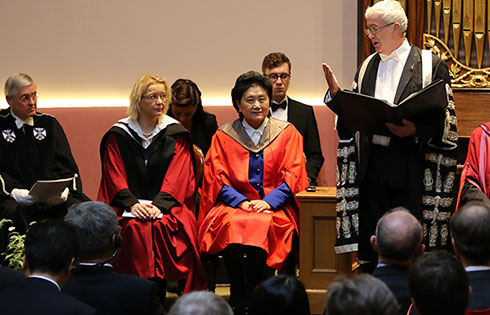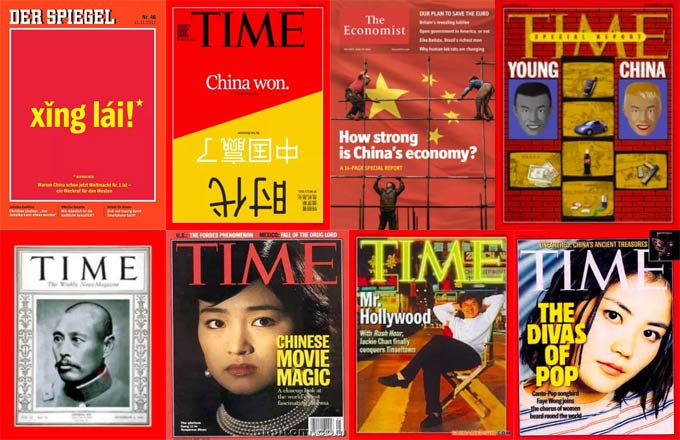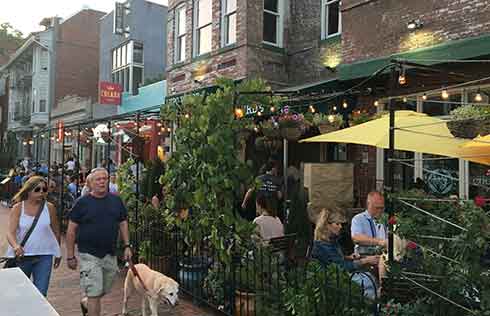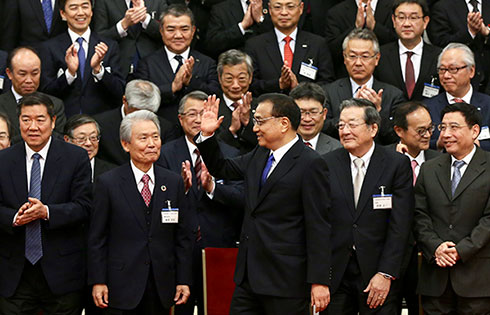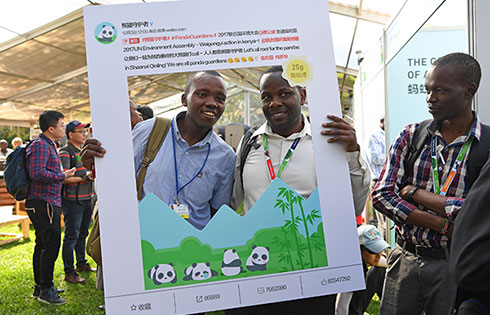Egypt marks 115th anniversary of national museum in Cairo
 |
|
People visit Egyptian Museum in Cairo, Egypt, on Nov 28, 2017. [Photo/Xinhua] |
CAIRO - Egypt celebrated on Tuesday the 115th anniversary of the establishment of the Egyptian Museum located in downtown Cairo, featuring the largest collection of masterpieces of the country's ancient artifacts.
Held at the museum in Tahrir Square, the celebration was attended by Antiquities Minister Khaled al-Anany, ex-minister and former candidate for UNESCO presidency Moushira Khattab as well as several other ministers, governors, officials, archeologists and foreign ambassadors.
Over the past couple of years, the Ministry of Antiquities has been moving a lot of its unique artifacts to the under-construction Grand Egyptian Museum (GEM) near the Pyramids Plateau in Giza, whose soft opening is scheduled for 2018 and is expected to be the top and largest in the Middle East region.
"The Egyptian Museum will never die and will remain able to impress visitors, even after the GEM opening, as it will be renewed and will host a lot of antiquities to be displayed for the first time," said the antiquities minister in his statement during the ceremony.
Anany noted that three new antiquities will be added to the Egyptian Museum's halls every Thursday, and some will be from the museum's storage basement and others from the retrieved stolen artifacts.
Egypt has witnessed several big archeological discoveries this year, including Pharaonic tombs, statues, coffins and mummies, in addition to remains of a Roman-style Hellenistic gymnasium, remains of a funerary garden, a pyramid's burial chamber and a three-millennia-old statue believed to be of ancient King Ramses II.
"A huge archeological discovery is scheduled to be announced western Luxor next Dec 9, in addition to the opening of the mortuary of the Temple of Hatshepsut in Luxor after its restoration and development," the antiquities minister revealed.
The Egyptian Museum was built during the reign of Khedive Abbas Helmi II in 1897 and was opened for visitors in mid-November 1902.
It consists of two floors. The ground one is specified for featuring heavy monuments such as large statues, coffins, wall inscriptions and others while the upper floor showcases drawings, small statues, ancient daily life activities and tools, in addition to the complete set of ancient King Tutankhamun's artifacts.






